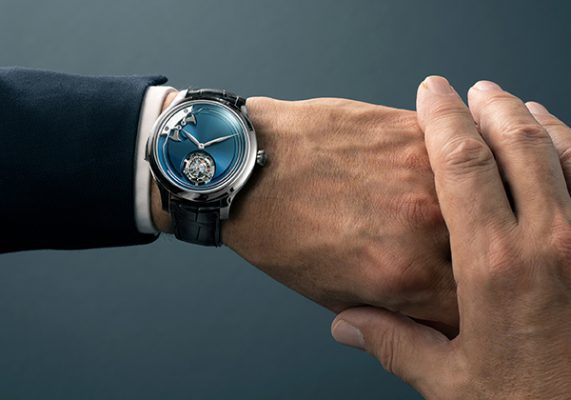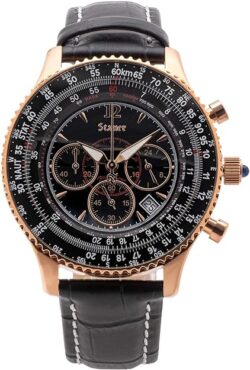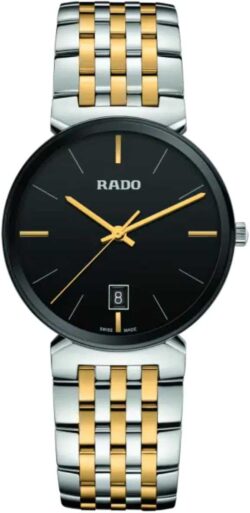Reading time with ears!
Invented in the 17th century before the widespread use of electricity, repeater watches, then in the form of pocket watches, were a very practical means of knowing the time during the night, thanks to the sounds they produced. Originally repeating the hours and quarters, the quarter repeater by English watchmaker Daniel Quare was perfected around 1750 by Thomas Mudge, another English watchmaker, to also strike the minutes, hence its name “minute repeater”. At that time, the operation of repeating watches resulted from hammer strikes on bells. At the end of the 18th century, Abraham-Louis Breguet, a French physicist, and watchmaker had the idea of replacing these bells with stamps, or tempered steel blades wound in the case, to reduce the volume of the parts particular.
In the 20th century (or even the end of the 19th century), this operation was miniaturized to be able to be integrated into wristwatches. Commonly made up of two hammers and two gongs, the minute repeater, which is activated on-demand using a push-button, strikes the hours with a low sound, the quarters with the succession of two high-low sounds, and the minutes with a high-pitched sound. Due to the rigor, it demands of watchmakers, the minute repeater remains to this day one of the most complex complications in watchmaking.
Whether it is associated with a large ringing, whether its sounds are transmitted optimally thanks to a better resonance, whether it is integrated into an ultra-thin watch, or whether it appears on the dial, the minute repeater continues to grow. present in surprising forms.
A ringtone that has everything of great
In 2020, the Audemars Piguet and Patek Philippe manufacturers had one thing in common, apart from their fame (which dates back much further). Which? Their Grande Sonnerie. The Code 11.59 by Audemars Piguet Grande Sonnerie Carillon Supersonnerie for the first and the Patek Philippe Grande Sonnerie reference 6301P for the second. Striking the hours, the quarter-hours, and repeating the hours before each quarter-hour, the Grande Sonnerie differs from the Petite Sonnerie, which does not repeat the hours before striking the quarter-hour. Another common point, these two watches have a ringtone produced by three gongs (parts on which the hammers strike to produce the sound) and not usually two. In addition to these creations, whose complexity is already reaching new heights, there is the minute repeater (third common point), which strikes the hours, quarter-hours, and minutes on demand. Since 1892 and 1924 respectively, Audemars Piguet and Patek Philippe have therefore continued to push the limits of their expertise in the minute repeater wristwatches.
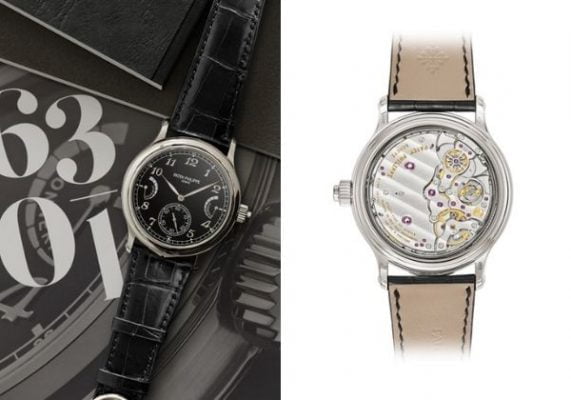
Resonance is performance
Launched in 2019 to mark the tenth anniversary of the brand’s manufacturing site, Armin Strom’s Minute Repeater Resonance is synonymous with precision. Thanks to its high resonance, the watch also has greater precision – in the order of 15 to 20% – and energy savings are achieved. This is also beneficial for the operation of the minute repeater, the sound of which is transmitted optimally thanks to the highly resistant grade 5 titanium case. The generous volume of the case (47.7mm) also improves sound propagation, which further emphasizes this complication.
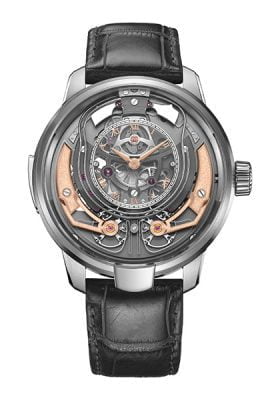
OUPINKE Watch for Men Automatic Skeleton Tourbillon Mechanical Luxury Diamond Tungsten Steel
Flat, but just thick
Accustomed to finesse records, the Bulgari house never stops pushing the limits of what is possible. In 2016, the brand presented a watch with an ultra-thin hand-wound mechanical movement, but this time equipped with a minute repeater: the Octo Finissimo Minute Repeater. The BVL 362 caliber used, with a fineness of 3.12mm, then propelled minute repeaters into a whole new world: that of ultra-thin movements. To optimize the sounds produced in such a fine watch, optimization passes through the resonance inside the case, and the indexes are perforated, in other words, they are in the form of openings.

TSAR BOMBA Men’s Automatic Watch Tonneau Luxury Skeleton Watches
From the shadow to the light
With its sleek dial, the Endeavor Concept Minute Repeater Tourbillon d’. Moser & Cie. seems simple. However, appearances are deceiving, because this watch is nothing simple but quite complicated – from a technical point of view, of course. In reality, you can observe this on the dial side, because the two complications – which are among the complicated ones – are at 6 o’clock for the flying tourbillon and at 10-11 o’clock for the minute repeater (not counting the gongs). As the latter appeared on the dial side, the technical challenge turned out to be more complex, as the gongs had to be positioned on a single level to maintain the fineness of the piece and also had to be curved so as not to encroach on the flying tourbillon. All this is presented on an Electric Blue dial, a new shade from H. Moser.
